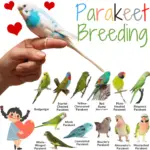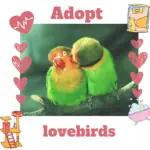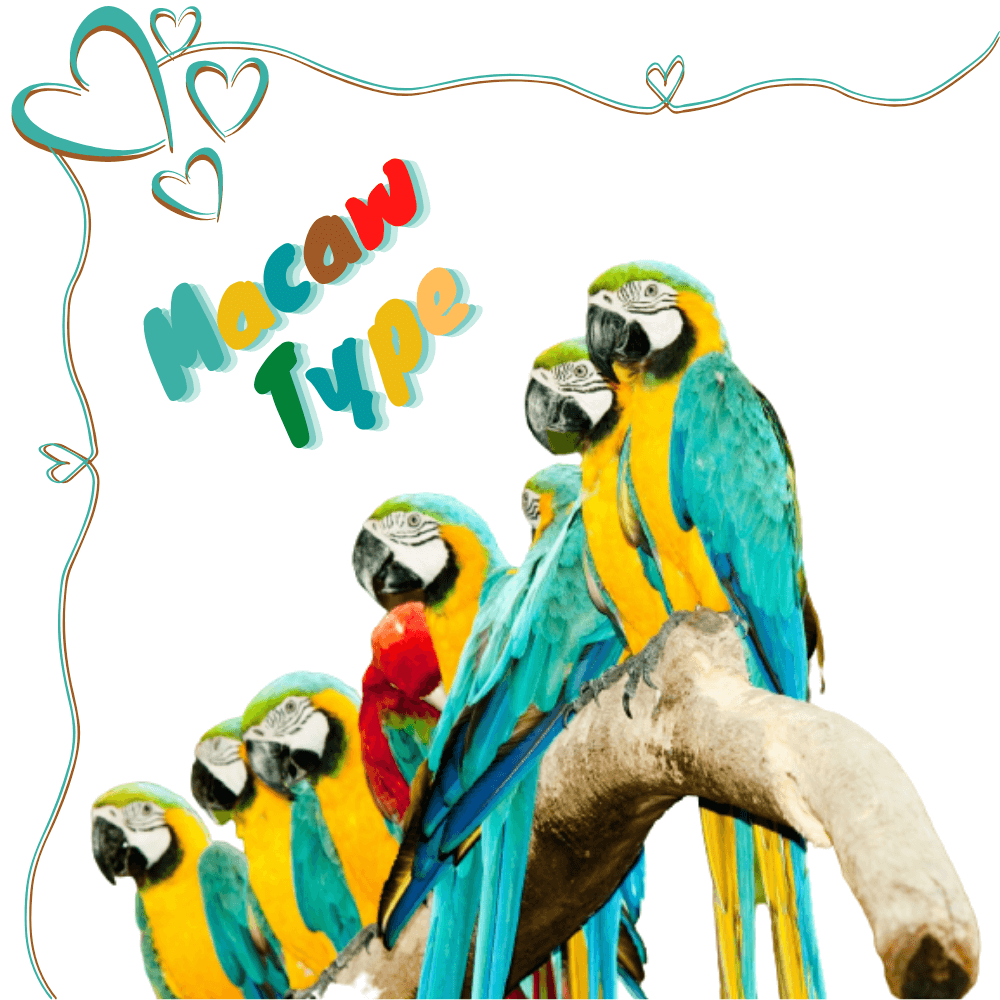
Macaw Type: There are 16 species of macaws. From 12 to 40 inches in length ( 30cm to 1 m. ), 150 grams to 1800 grams. Color varies from blue to red and green.
macaw is the common name given to this group of birds with a slender body, very long tail, broad head, and powerful beak.
Very gregarious species that live in large flocks, often of 100 or more individuals. It is not uncommon to find more than one species of macaw in the same territory.
Despite inter-species cohabitation, there is little hybridization in nature. It is the largest of the parrots.
The macaw has hairless ( bare ) facial skin ( except in the case of the hyacinth macaw ), which makes it very susceptible to sunburn.
On the other hand, the skin of his face reddens when he is excited. No sexual dimorphism.
Distribution: the south and the center of the American continent.
Attention: almost all macaw species are in danger of extinction. The capture for resale on the pet market and the massive destruction of their nesting areas make the situation of this family very critical.
Macaw Nest
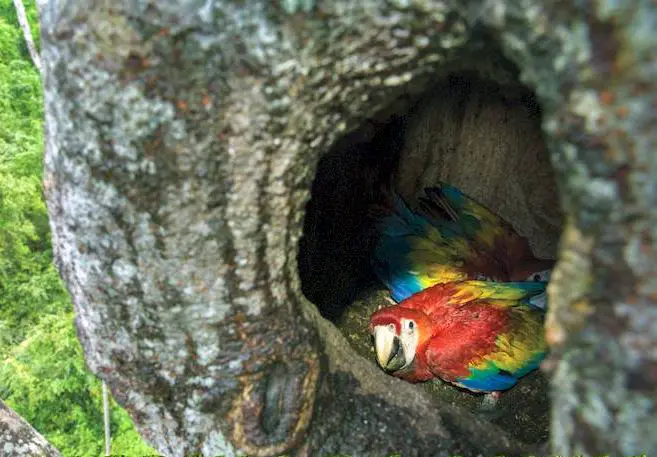
Macaws nest exclusively high up in very tall trees. Due to the destruction of the tropical forest, there is a crying lack of tall trees that are conducive to the formation of large cavities necessary for the reproduction of these giants. Large macaw species must therefore retreat too much lower nesting sites.
Macaws and their broods now have to contend with new predators that previously had no access to their nests.
Macaw Reproduction
The macaw is a species that reproduces slowly in its natural environment, generally, 2 eggs, of which only one will survive, and this, in large species, every 2 years or until the complete independence of the small one.
Therefore, the loss of one of the babies still alive represents a big impact for the species, not to mention the very strong competition for cavities which is another very limiting factor for macaw populations.
Macaw Behavior
The macaw is not an independent bird. He needs to be constantly interacting with his social group, human or bird. It is also among the most faithful of parrots, totally devoted to its partner.
Unlike many parrot species, the macaw is selfless and generous; its sole purpose is to please. He is a parrot who gives a lot. When content and happy, can become very demonstrative and exuberant.
Similarly, the macaw communicates a lot by biting or downright biting. The Macao macaw is particularly famous for its tendency to bite.
Macaw As Pet
SOURCE: BirdTricks
Here again, it is not abnormal behavior and it is up to humans to establish their limits. Although it has a huge, very powerful beak ( intended to open very hard nuts ),
the macaw does not generally bite to hurt and rarely pierces the skin. At least nothing comparable to the diabolical bite of the Lori.
As it is very gregarious and likes to communicate a lot, I classify this bird in the energy-consuming category, that is to say: bird with little autonomy having a great need for attention and interaction with its human.
Unless he has a bird companion, he needs to always be in contact with his human social group. As a result, it is a bird that tends to have separation anxiety if it does not have visual or auditory contact with a family member.
He is a bird with a great sense of humor and above all a sense of punch, he knows how to dramatically captivate his audience.
The macaw has enormous destructive potential. It is an intelligent and curious bird and by its size, it has the gift of getting into trouble… If it is well educated, the macaw is a very obedient bird that tries to please. It is, in my opinion, an excellent companion.
Macaw Care
The macaw likes physical contact with its partner. He appreciates caresses like a kitten but also likes to bicker and tug, turn, lie on his back, be twirled around. Despite his large size, he is an excellent acrobat, he loves to play hard and he excels in learning and performing tricks.
The macaw is also a good walker and loves to walk on the ground. Be careful though, if he is overstimulated, he can become biting and can be seriously injured.
The macaw needs more fat than other parrots in its diet, especially the hyacinth macaw. The blue and gold macaw, on the other hand, does not need as much fat as other macaws, but its needs are still higher in fat than those of other parrot species.
This need is easily met by adding nuts to your diet. The macaw loves macadamia nuts. There are now feeds and breeding mashes specially formulated for the macaw.
Macaw Toys
The macaw is certain that everything that exists is for the use of its personal amusement. In other words, “everything” is a toy for ara! It is important to provide the macaw with plenty of toys and wood to chew on because with its size and the power of its beak, the sense of “everything” can become disastrous.
Macaw Talk
Most macaws are classified as good talkers.
He is excessively relational and affectionate. The macaw loves and needs to communicate. If he has no words ( humans ), he will use his own language, which can be quite noisy ( hoarse and powerful voice ).
What you need to remember here is that the macaw does not scream to drive you crazy… it communicates! It’s not a behavioral problem. This way of interacting is normal and natural for the macaw. It is better to be informed before purchasing such a bird.
Macaw singing
He also likes to simultaneously imitate the facial expressions of his human: the human sings… the macaw sings. The human dances……. the macaw dances. Anything he can imitate in sync, he will do: chew food, make sounds, raise hand/paw, shout.
Types Of Macaw
SOURCE: Mikey The Macaw & Friends
The macaw comes tied with the cockatoo in the art of comedy and manipulation. Only the means used to achieve this differ.
You have to see once in your life the look of a macaw that has just been caught out to understand the full meaning of the word melodrama… Nothing is more miserable in the world than a macaw that has just arguing!
Blue And Gold Macaw
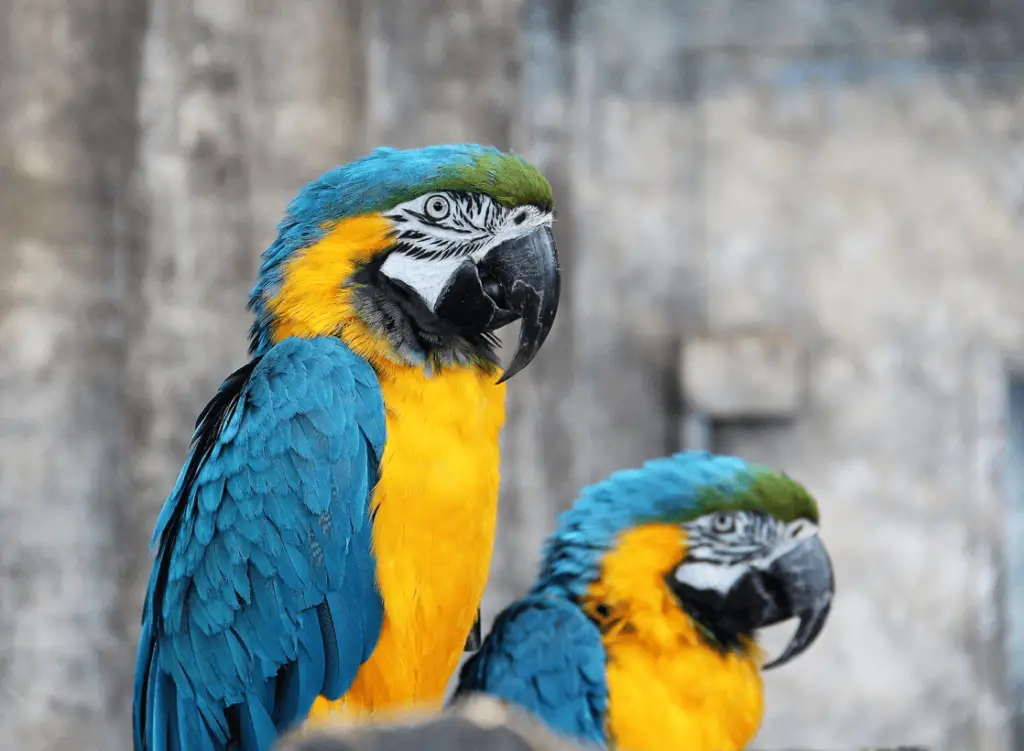
Macaw Type(Blue And Gold Macaw)
( ara ararauna ) The most popular of the macaws because of its great ease of breeding in captivity. It is also the macaw most adaptable to new situations.
Probably the most sociable of the macaws love human company and accept strangers very well. Family bird. Even if it creates a romantic bond with a particular human, the blue and gold macaw will accept all family members. Good talker.
Red And Green Macaw

Macaw Type(Red And Green Macaw)
( ara chloroptera ) Along with the hyacinth, it is the largest of the macaw family. Exceedingly intelligent and docile bird.
Surely the nicest and most tolerant of the macaws as much towards children, other birds or animals of the house, as well as with strangers.
Family bird. Remains infantile for a very long time. Very interactive and empathetic. Intimidating by its size and beak. Moderately good speaker.
Military macaw
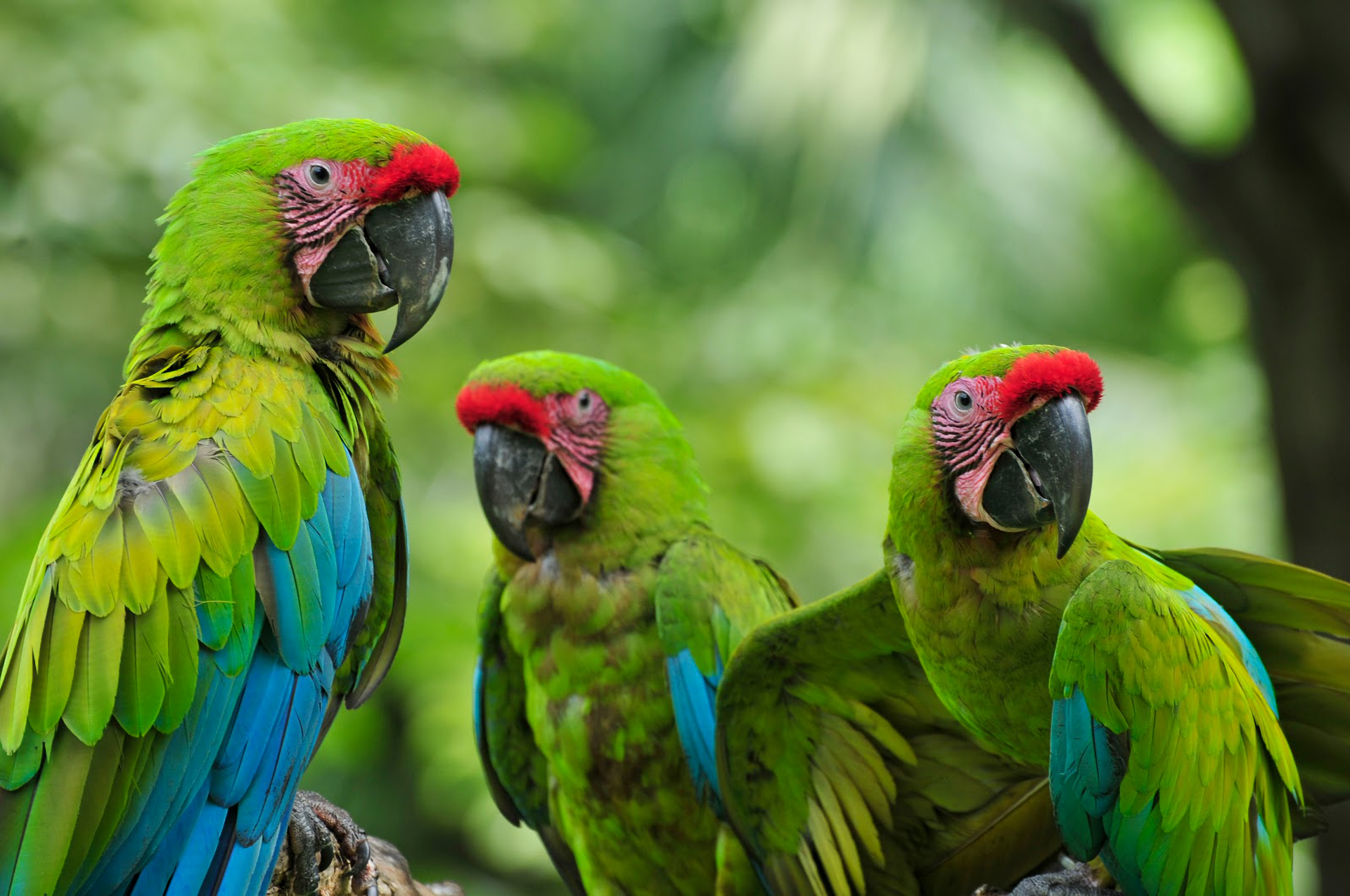
Macaw Type(Military macaw)
( ara militaris )Personality much like the blue and gold macaw. Docile nature, but less active than other macaws. Biting. It is not a family bird. Often a one-person bird. Kind and tolerant with children, other birds and animals in the house. Good talker.
Scarlet macaw
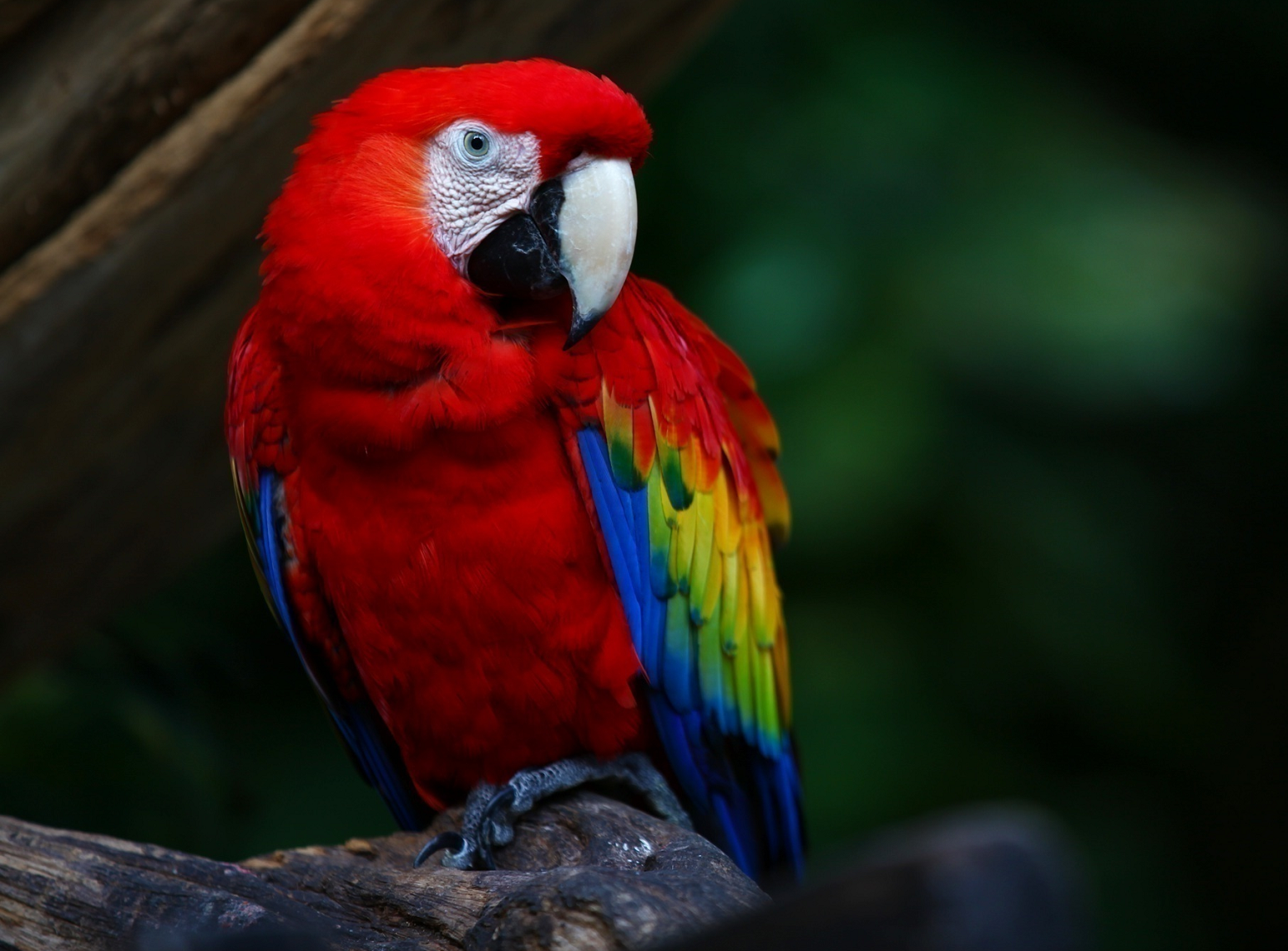
Macaw Type( Scarlet macaw)
( ara macao ) The most beautiful and spectacular of the macaws. This species of macaw is not for everyone. Lots of temperament. Very smart and very skilled at learning tricks. Exceptional for getting into trouble.
It is the best talker of the macaws. Very biting and tends to bite hard when frightened or upset. Prone to communicate a lot with its beak.
Contrary to what is conveyed, the Macao macaw is not an aggressive bird, but rather defensive. It is more fearful and wary than other macaws. It is also more independent than other macaws. It is not a family bird.
Hyacinth Macaw
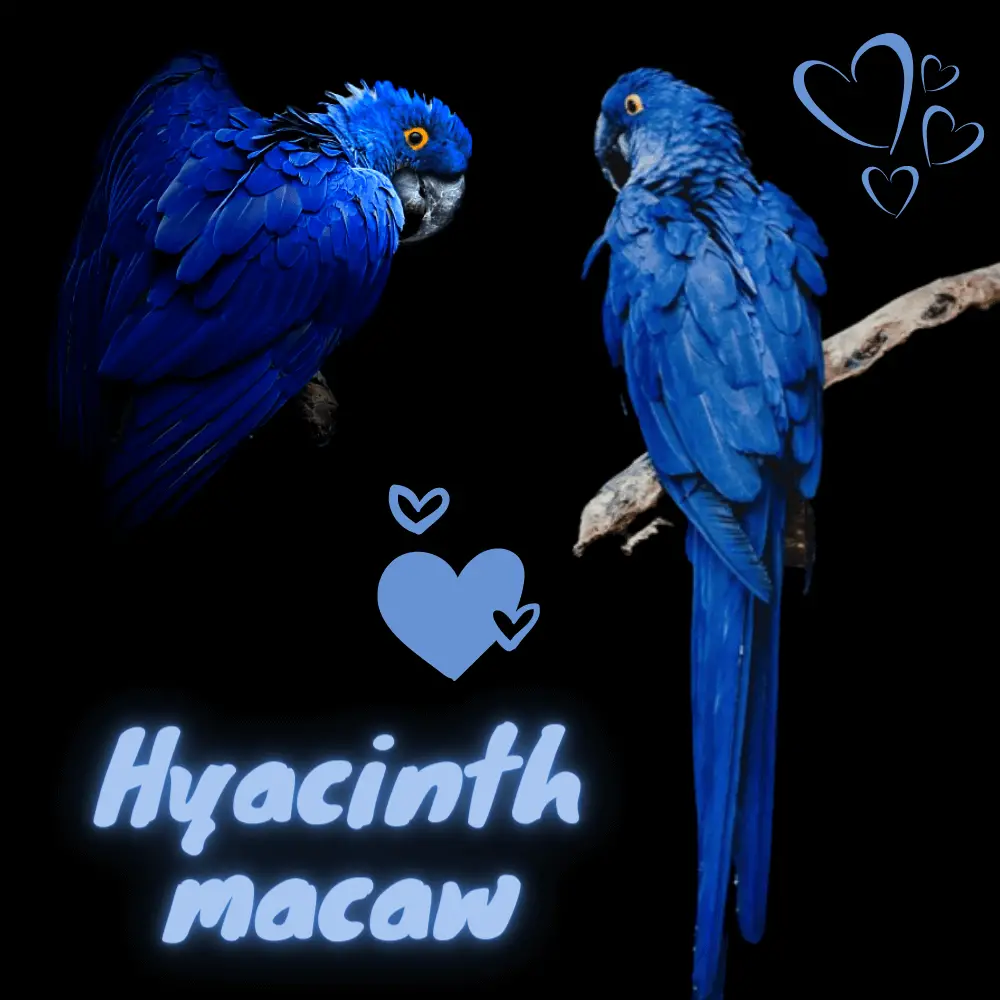
Macaw Type(Hyacinth Macaw)
( anodorhynchus hyacinthinus ) The largest of the parrots, over four feet long. Same temperament as the Chloroptera, but more aware of the power of its beak.
It is not an aggressive bird, but it likes to impress those around it. Very large voice range. Very destructive. Good family bird. Medium speaker.
Chestnut-fronted macaw

Macaw Type(Chestnut-fronted macaw)
( ara severa )
The largest of the mini macaws. Although it has a reputation for being a stubborn bird, it is one of the best macaws to train to perform tricks. It is not a family bird. One-person bird, extremely loyal, devoted, and faithful. Good talker.
Red-shouldered macaw
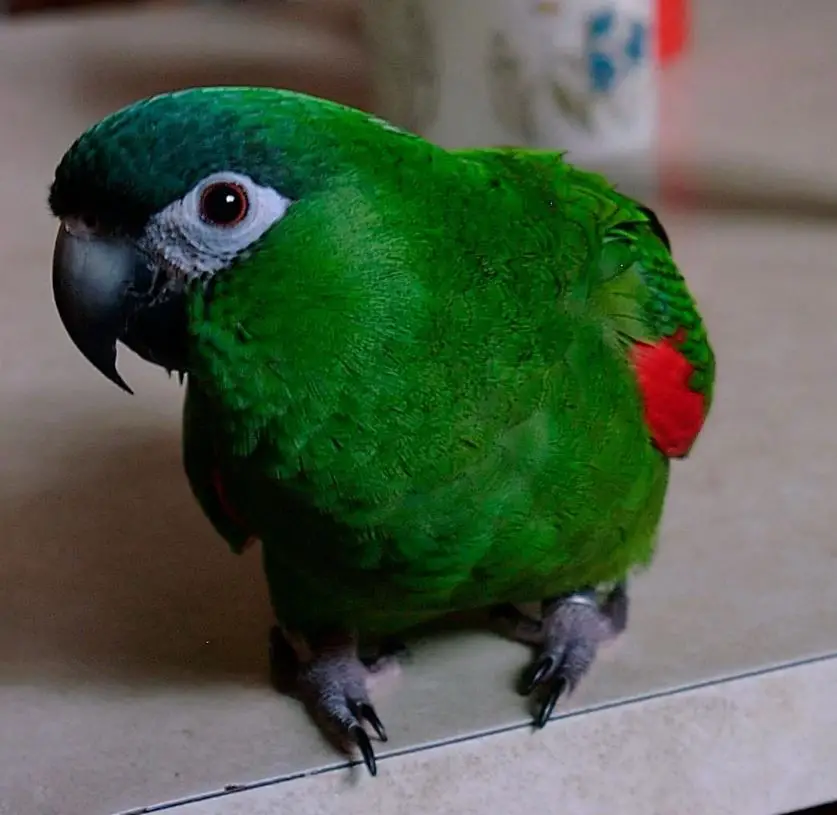
Macaw Type(Red-shouldered macaw)
( ara nobilis cumanensis )
Very small macaw ( 12 inches, 30 cm ), ideal for lovers of macaws who lack space. Good temperament approaching enough to that of the conure. Cheerful and clownish. Can be garish. Moderately good speaker.

